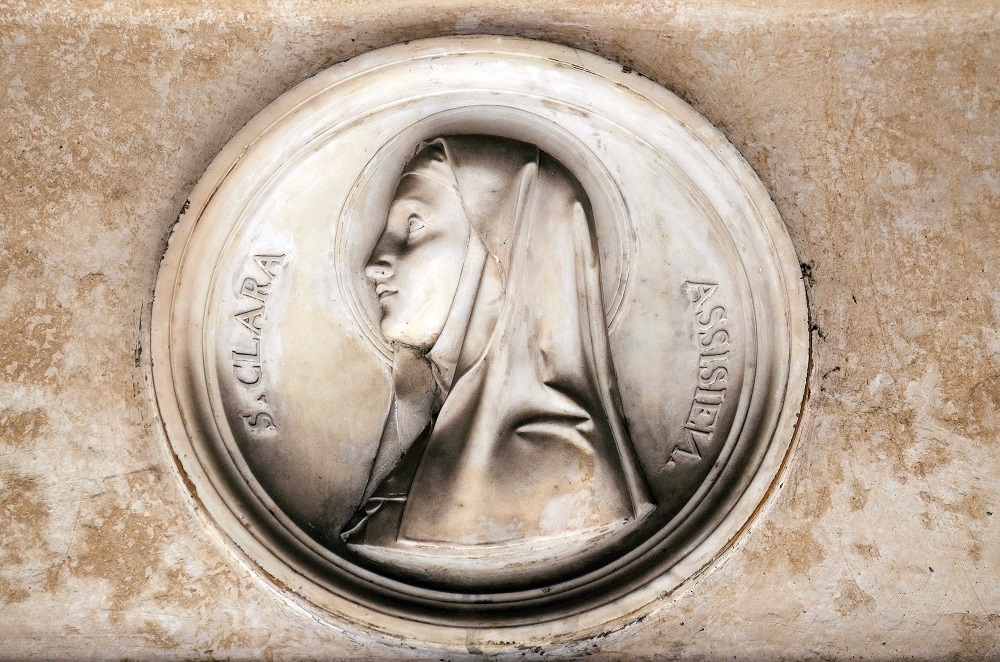St. Agnes is the patron of virgins, fiancées and girls of marriageable age. Inevitably, if we think of her history, it is as tragic as it is poignant.
She was a young girl belonging to one of the most powerful aristocratic families of Rome, who, at the age of twelve was martyred under Diocletian. It is a scary story, like many of those that bloodied Rome and the Empire in those terrible years. There was nothing sacred, nothing innocent, and what was nice was destined to die, to suffer an even worse, just by virtue of its own beauty. Yet St. Agnes survived all that horror, indeed, her tragic fate made her a symbol of beauty and virtue that has transcended the ages, illuminating the path of thousands of the faithful and devoted people.
It is said that the son of the prefect had been in love with her, but she pushed him away because she was determined to sacrifice her virtue to God. The rejected boy complained to his father, who tried to bend the stubbornness by forcing her to become a Vestal. Because of this rejection, he closed her in a brothel, as a sign of supreme contempt.
Legend has it that no man, however, was able to touch her, and that the only one who tried lost sight by the will of an angel. This point of Agnes’s story takes an increasingly bleak and frightening colour, and it’s even more poignant to imagine this girl shining in the horror that surrounded her, who by virtue of her faith rose above hate and violence.
Dragged to the streets and stripped, a lush mass of hair grew from her head, so she could wrap it in like a blanket to defend her modesty. Condemned to the stake, the flames refused to touch her.
In the end, the evil of the men got the better: she was slaughtered with a sword, the way used to kill lambs, and it is with a white lamb in her arms we often see her depicted, an effigy of innocence, of violate inviolable purity. It even seems that when she fell, mortally wounded, she did so with such grace that it aroused tears from her own executioners. Her sacrifice immediately raised forms of popular worship and still is today celebrated in many festivals and beloved throughout Christendom.



















 25 August 2025
25 August 2025






